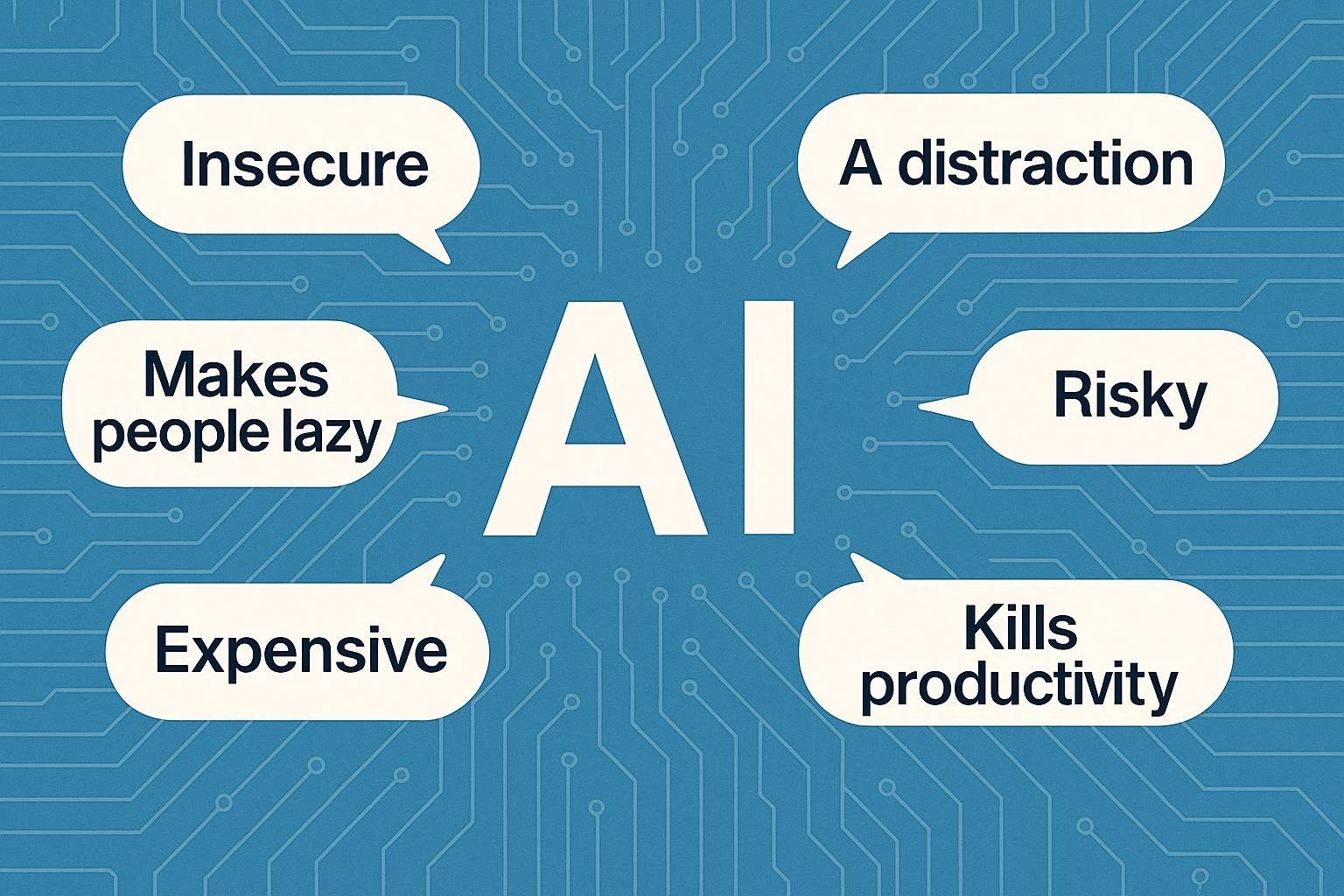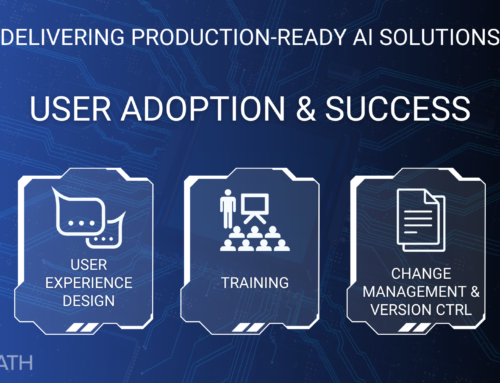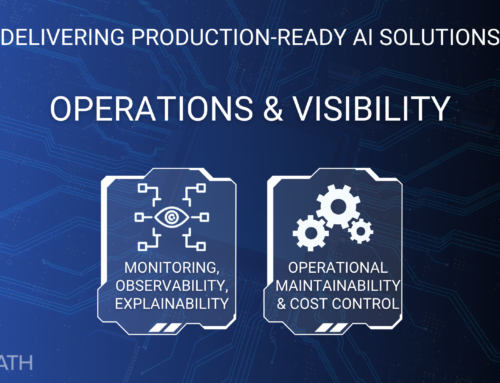A Comparison to the Past
Several years ago, I sat in a meeting watching Fortune 500 executives debate whether to implement a company-wide email system. The concerns were surprisingly familiar to what I hear today about artificial intelligence.
"It's risky," said the CTO, worried about security implications.
"Our people will become lazy," warned the head of operations. "They'll stop having real conversations."
The CFO questioned the return on investment: "We've managed fine with phones and memos. Why fix what isn't broken?"
Others said, "It's expensive. It's trendy. A distraction."
But the comment that stuck with me came from a senior vice president: "If we start using this email thing, no one will pick up the phone anymore. We'll lose the personal touch that makes us successful."
Within three years, that same executive couldn't imagine running his division without instant, documented communication. Email hadn't eliminated phone calls. It had freed up time for the conversations that actually mattered.
Does History Repeat Itself?
Today's AI discussions follow an eerily similar script. The same concerns surface in executive meetings across industries:
Security and control: "How do we know our data is safe? What if the system makes mistakes?"
Cultural disruption: "Our people will become dependent on machines. They'll stop thinking for themselves."
Cost justification: "The technology is expensive, and we're not sure about the payoff."
Loss of human connection: "Our customers value relationships. AI will make us seem impersonal."
These aren't unreasonable concerns. They're the same thoughtful questions leaders should ask about any significant change. But they're also the same questions that, if taken too far, can leave companies behind.
The Real Risk Isn't What You Think
The companies that waited too long on email didn't fail because the technology was bad for them. They struggled because their competitors gained advantages they couldn't match: faster internal communication, better documentation, and the ability to coordinate across time zones and locations.
Today's AI adoption follows a similar pattern, but accelerated. Companies implementing AI solutions aren't just automating tasks—they're fundamentally improving how they operate:
Decision-making gets faster when AI handles routine analysis, freeing managers to focus on strategy and judgment calls.
High-value employees spend less time on repetitive work and more time on problems that require human creativity and relationship-building.
Customer experiences improve through faster response times and more consistent service, while costs decrease through better resource allocation.
Small Steps, Big Impact
The email comparison reveals something important: transformative change doesn't require wholesale replacement of existing processes. Email didn't eliminate phone calls, meetings, or written communication. It enhanced them.
Similarly, effective AI implementation usually starts small. Instead of trying to revolutionize entire departments, successful companies identify one specific, costly process and improve it.
A manufacturing company might use AI to predict when equipment needs maintenance, reducing unexpected downtime by 30%. A professional services firm could automate client report generation, allowing consultants to spend more time on analysis and client relationships. A healthcare organization might implement AI scheduling that reduces patient wait times while improving staff utilization.
These aren't moonshot projects. They're practical solutions to real problems that happen to use advanced technology.
The Early Advantage
Companies that adopted email early gained years of competitive advantage while others debated the risks. The same dynamic is happening with AI, but the timeline is compressed.
The question isn't whether AI will become standard in business operations—it's whether your company will help set those standards or scramble to catch up later.
The executives who were right about email weren't the ones who eliminated all risk. They were the ones who managed risk while moving forward deliberately. They tested carefully, learned quickly, and scaled what worked.
Take the First Step
If the email comparison resonates with you, it's time to move beyond the debate stage.
Start with one question: What are some of the most expensive manual processes in your organization right now? The ones that requires skilled people to do repetitive work, or creates bottlenecks that slow down everything else?
That's your AI opportunity.
Ready to explore what this looks like for your specific situation? Let's have a conversation about the costly processes you'd most like to improve. No sales pitch. Just a practical discussion about where AI makes sense for your business, if it does.
Contact us to schedule a brief assessment of your highest-impact opportunities.
What to read more?





